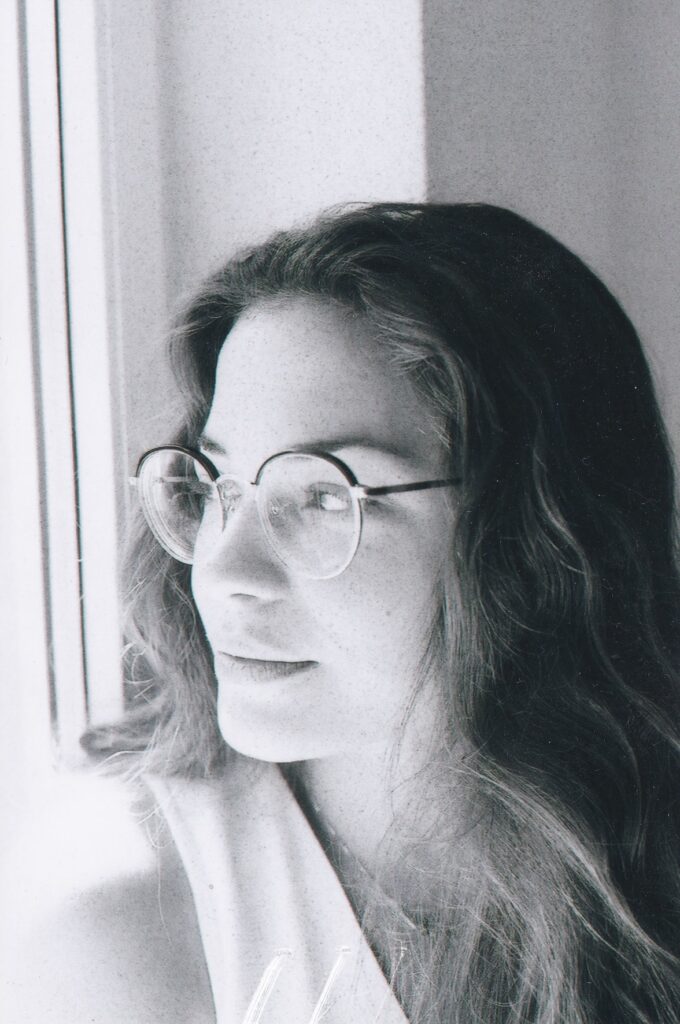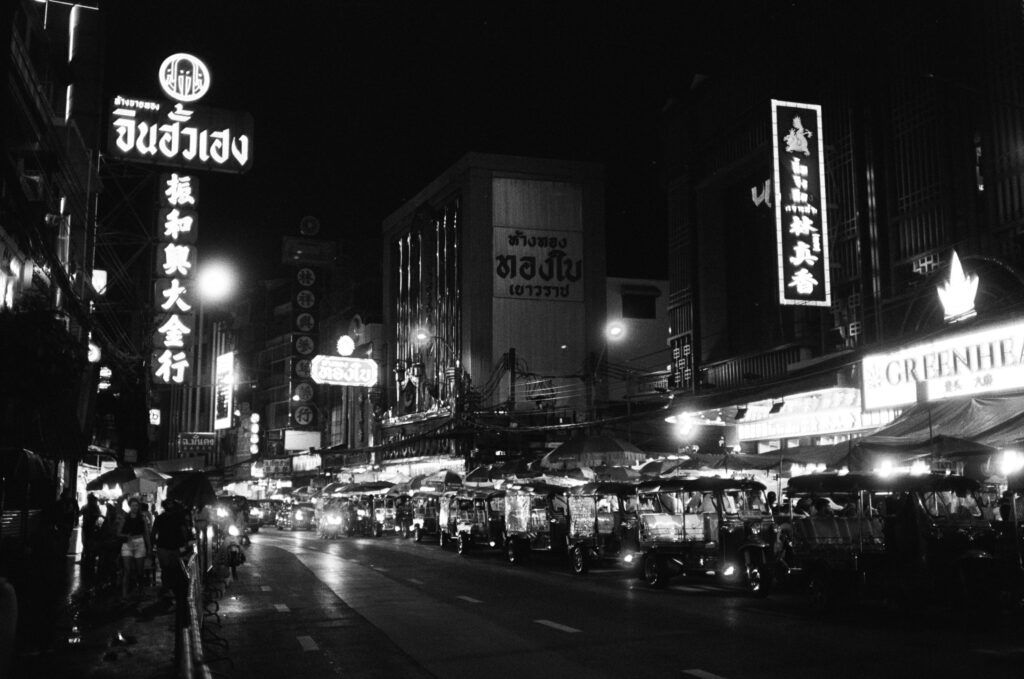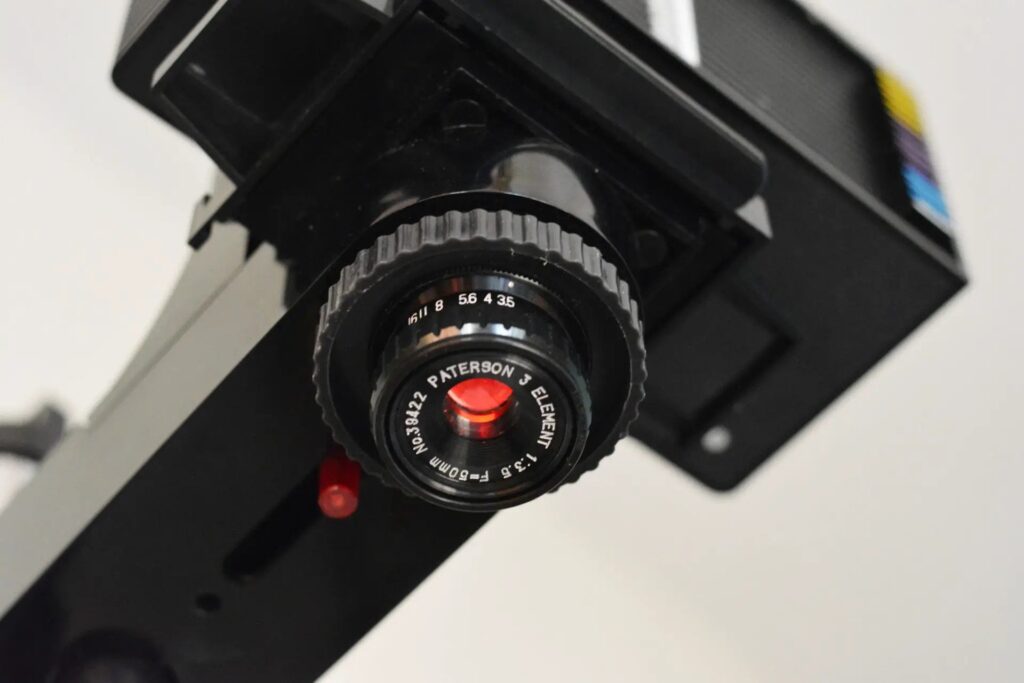There were several options for black and white films back in the day. There has been a period a few years ago when suddenly the options were limited and the films sometimes hard to come by, especially for analog-camera-enthusiasts living outside major city centres. With what seems to be the rebirth of analog photography, new enthusiasts and long-time analog lovers have now if not more choices at least a comparable catalog of films to choose from.
Choice can be influenced by many factors (cost, look, habits …) but one variable that has almost inevitably disappeared is proximity to shops with that specific film in stock, as it has never been so easy to just order deliveries – sometimes too many – straight home.
There are among BW films a few evergreen that one day or another every analog photographer has tried out. I am thinking specifically for this article of Kodak Tri-X 400 and Ilford HP5 400. Both are considered industry standards and very often compared in a race that generally ends in a draw which leaves the crowning of the winner to personal feeling and taste. The first is a professional choice, considered sharp or very sharp by some, with fine yet pleasing grain and a great response to different light conditions without sacrificing tonal range and contrast. The second is a more affordable yet excellent value-for-money alternative with very similar characteristics, described by many as a workhorse that is a touch more forgiving than the TX 400, with a classic look and a tad larger grain.
So what would I use, how and when? And, do I have a favourite that I would pick 99% of the time? The answer might be more complex than a simple a or b pick. And it will differ depending on a series of circumstances. I have to admit that I have shot way more Ilford than Kodak due to the price, but I believe I have now a good feeling for when I would prefer one over the other.
Kodak Tri-X 400
I would use this for portraits where the details matter, where I want to really see the eyes of the subject and possibly the wrinkles of an elderly person. I would use it for architecture, but not for architects necessarily, for landscapes that I need to be sharp and where tiny structures in the foliage or rocks have to be seen to deliver the meaning of the photo itself. I would prefer it if I want a look that is classic, a little vintage, but gives the impression of professional training with formal education in photography.

Ilford HP5+ 400
I would use this with flash at parties, for dreamy looks on landscapes that are rather flat (meadow or hillside with very far away tree lines). I would take portraits where details are not the star of the show but the feeling of the image is the key. I would use it when searching for more experimental effects on things that are not in focus or where there is a lot of movement in the frame. Depth is not something I would try to enhance with this particular film as it feels flatter than the Kodak but it shines in fading away grey tones.

And the winner is
As partially spoiled already in the first paragraph it will boil down to what you like and what’s your subject, what you want to achieve with your camera in hand. One thing I believe though is that I would shoot more relaxed and spontaneously with the Ilford and more purposely, scarcely and concentrated with the Kodak. Why? I guess there is no reason why really, just a matter of feeling.
Share this post:









Comments
John Bennett on Kodak Tri-X 400 or Ilford HP5+ 400 who? when? where?
Comment posted: 06/11/2025
Back then —2023 — Tri-X cost more than HP5+ here in the States. Now, presumably because of tariffs
imposed by He Who Shall Not Be Named, the reverse is true, making Tri-X a couple of dollars less a roll.
I have a brick of HP5+ I bought last week. When it’s gone, I may go back to Tri-X, and not just for money
saving reasons. It has a great look.
Comment posted: 06/11/2025
Comment posted: 06/11/2025
Comment posted: 06/11/2025
Neal Wellons on Kodak Tri-X 400 or Ilford HP5+ 400 who? when? where?
Comment posted: 06/11/2025
Comment posted: 06/11/2025
Gary Smith on Kodak Tri-X 400 or Ilford HP5+ 400 who? when? where?
Comment posted: 06/11/2025
Steve Bishop on Kodak Tri-X 400 or Ilford HP5+ 400 who? when? where?
Comment posted: 06/11/2025
Comment posted: 06/11/2025
Patrick Medd on Kodak Tri-X 400 or Ilford HP5+ 400 who? when? where?
Comment posted: 06/11/2025
Comment posted: 06/11/2025
Matthew Bigwood on Kodak Tri-X 400 or Ilford HP5+ 400 who? when? where?
Comment posted: 06/11/2025
Graham Line on Kodak Tri-X 400 or Ilford HP5+ 400 who? when? where?
Comment posted: 07/11/2025
Comment posted: 07/11/2025
Nick Orloff on Kodak Tri-X 400 or Ilford HP5+ 400 who? when? where?
Comment posted: 07/11/2025
Jeffery Luhn on Kodak Tri-X 400 or Ilford HP5+ 400 who? when? where?
Comment posted: 08/11/2025
Thank you for your insights. I have not used Tri-X 35mm often for over 45 years. It always seemed too grainy and unsharp for me, even when carefully processed in HC-110 or D-76 1:1. With Rodinal, it was a grainy mess. The 120 and 4x5 format Tri-X rated at 320 was acceptable, mainly because of the larger negative. While I rarely shot 35mm B&W, I switched to Ilford around 1980. Perhaps Kodak improved Tri-X over the years? People speak highly of it. HP5 was the only Ilford product I used, relying on Kodak Plus-X and Pan-X whenever there was enough light. Studio strobe shots were always Pan-X. Now I'm on all Ilford films and papers, but still use Kodak chemistry. When I compare my 8x10 prints today to very old prints made from Plus-X, I find HP-5 to compare favorably. I think Ilford has continued to improve HP-5.
Comment posted: 08/11/2025
Russ Rosener on Kodak Tri-X 400 or Ilford HP5+ 400 who? when? where?
Comment posted: 08/11/2025
I have never had a curling problem with TRI-X or any other Kodak film. Local water treatment methods could have something to do with curling.
I just finished scanning a roll of Kentmere 100 and Kodak TRI-X. I could live with those two films and rarely pine for another.
Steven-John Tait on Kodak Tri-X 400 or Ilford HP5+ 400 who? when? where?
Comment posted: 08/11/2025
Steve Cope on Kodak Tri-X 400 or Ilford HP5+ 400 who? when? where?
Comment posted: 11/11/2025
Comment posted: 11/11/2025